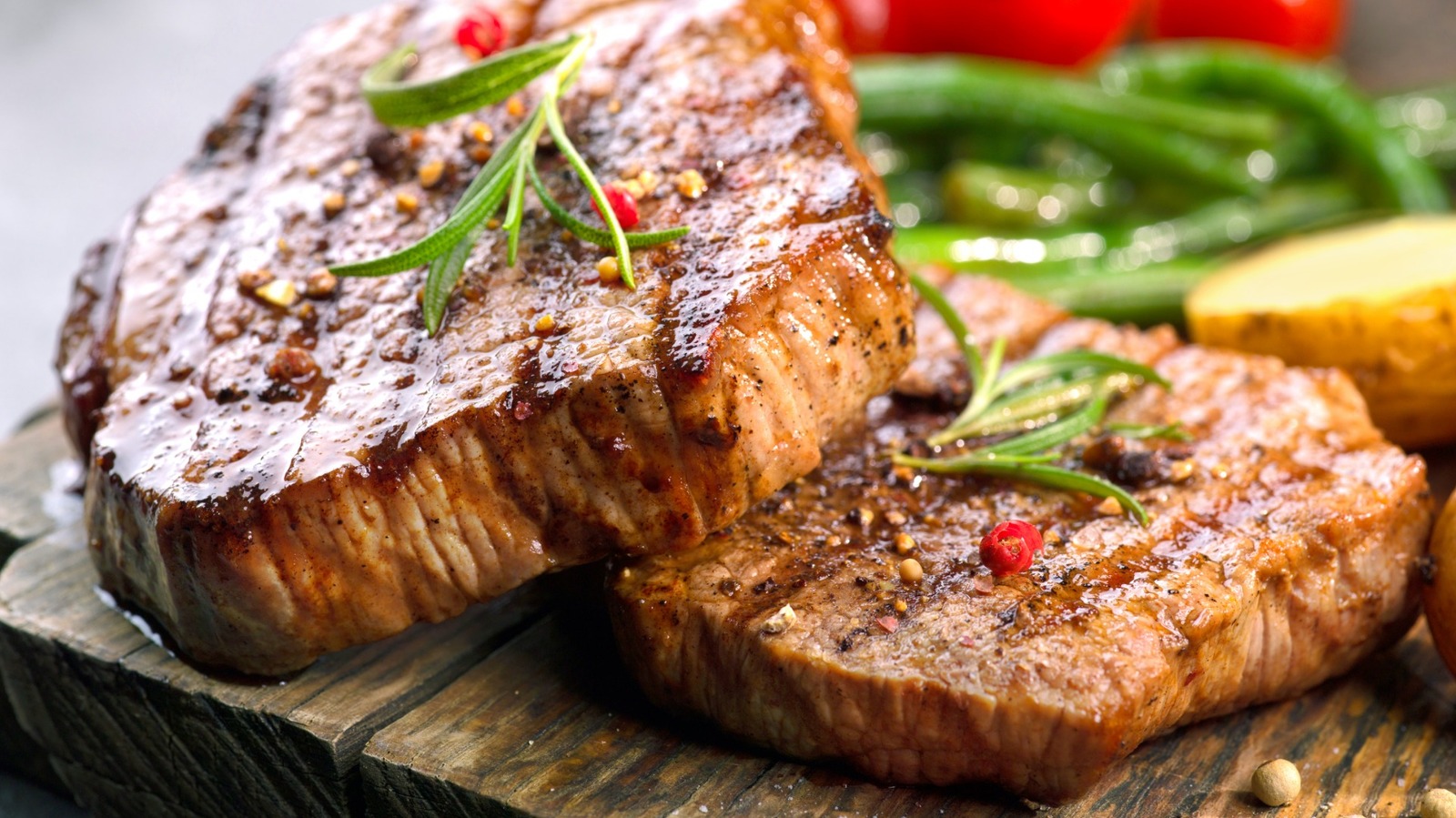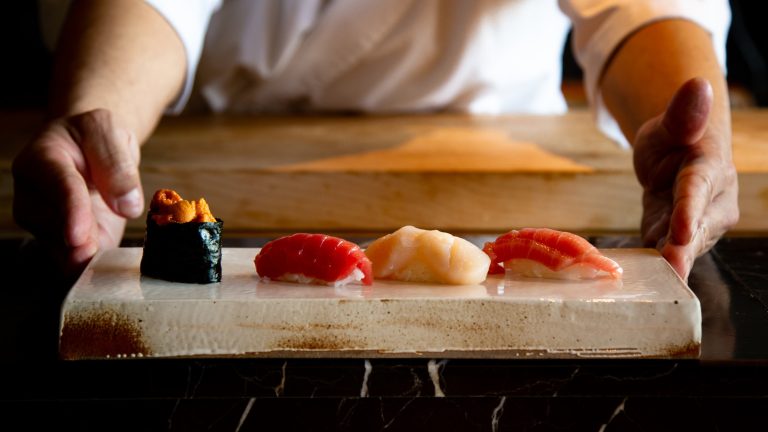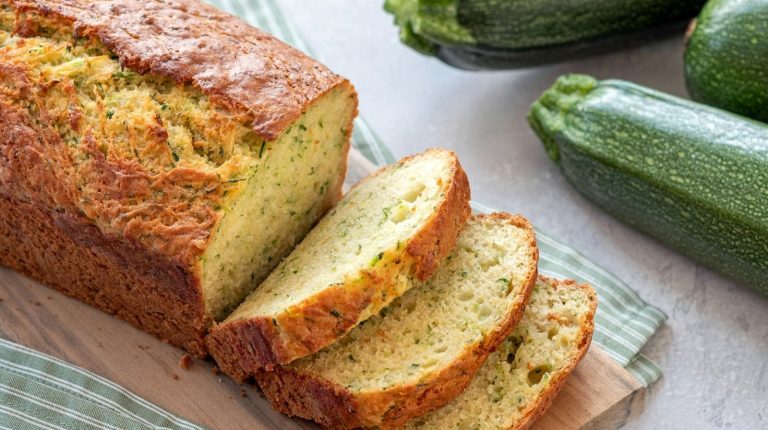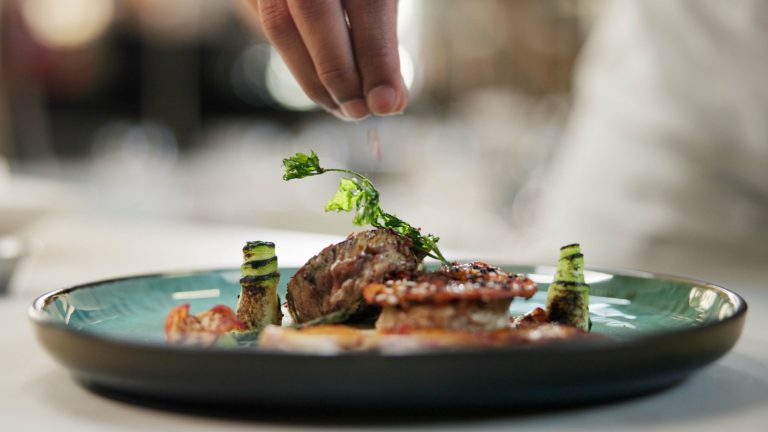To the average person, Highland cows are known for their signature long-haired look, with the bangs covering their eyes — a picture so aesthetic that many rustically-decorated homes have proudly displayed it on their walls. But to professional chefs, butchers, farmers, and other people in the meat production chain, Highland beef represents a lot more than just an aesthetic; it represents heritage, quality, and a flavor like no other.
One of the main things that makes this Scottish breed of cattle so unique is its lifestyle. Highland cows are normally 100% grass-fed, exclusively consuming only the wild plants they find on pasture. They can live in a natural environment all year round and don’t need to overwinter in a barn. This lifestyle highly impacts the meat of Highland beef, which ends up being deeply flavorful, moist, tender, and less fatty. It’s a favorite choice for people looking to consume meat with lower levels of cholesterol and omega-6, and higher levels of omega-3.
Highland beef is compatible with many different cooking techniques. You can use it in dishes that specifically call for leaner beef (not using fatty meat is the important tip to keep in mind when making beef burek, for example), go the classic steak route, make an extra flavorful pot roast, or turn it into an old-fashioned beef stew. The versatility of Highland beef is a testament to its quality and a big reason why chefs love cooking with it.
The best characteristics of Highland cattle make its beef a premium choice
With their long horns and even longer hair, Highland cattle are considered one of the most resilient cattle breeds in the world, partially thanks to their place of origin — the Scottish Highlands. Consistently bred for harsh weather conditions and a variety of landscapes, Highland cows are incredibly adaptable and easy to maintain. Their long coat protects them from all unfavorable weather conditions, be it cold or heat, as well as from potential parasites. That’s what enables them to live outdoors for the majority of their lives.
Grass-fed beef is more expensive than regular beef as it is due to the leaner cows taking longer to mature and weighing less at slaughter, but Highland beef tends to have an even higher price tag because it’s typically raised by smaller operations — often family farms. You’ll likely need to order it directly from such an establishment, such as Blackhurst Highland Beef or Highland Spring Farm, but you can also check the meat sections of specialty grocery stores. The stock is limited and sells out quickly, which drives up the demand and increases the prices.
The all-natural lifestyle of these cows also appeals to those who are conscious about conserving the environment and protecting the welfare of animals raised for meat. Since Highland cows are raised with very little human intervention — and often without the use of artificial hormones and antibiotics, too — this type of beef is considered a lot more ethical than many others. By living on vast pastures, they also play a valuable, active role in their local ecosystem, which continues to grow in diversity partially because of their presence.






